
Aechmea gracilis - Plant
(MRP Inclusive of all taxes)
- Shipping ₹79 for entire order
- Dispatch in 7 days
- Country of origin: India

(MRP Inclusive of all taxes)
 Save 29%
Save 29%
Air Purifier Money Plant with Pot The Air Purifier Money Plant, also known as Pothos or Epipremnum aureum, is a stunning indoor plant that...
View full details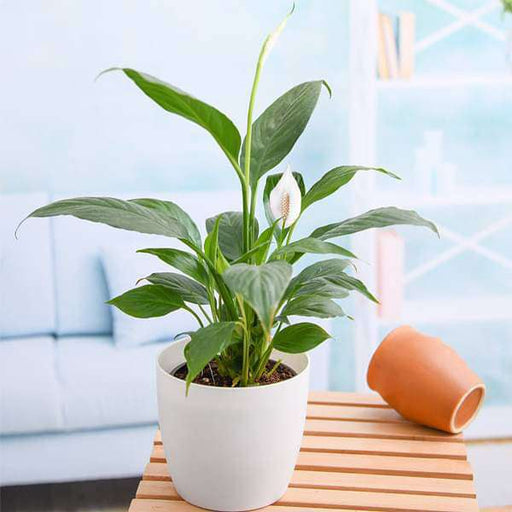
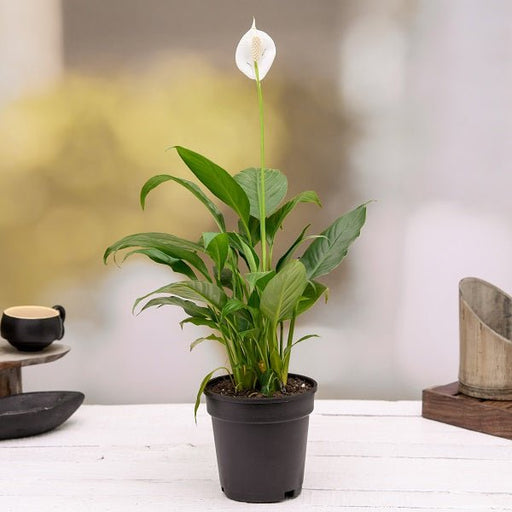 Save up to 15%
Save up to 15%
Peace Lily, Spathiphyllum - Plant The Peace Lily, scientifically known as Spathiphyllum, is a stunning houseplant celebrated for its elegant white...
View full details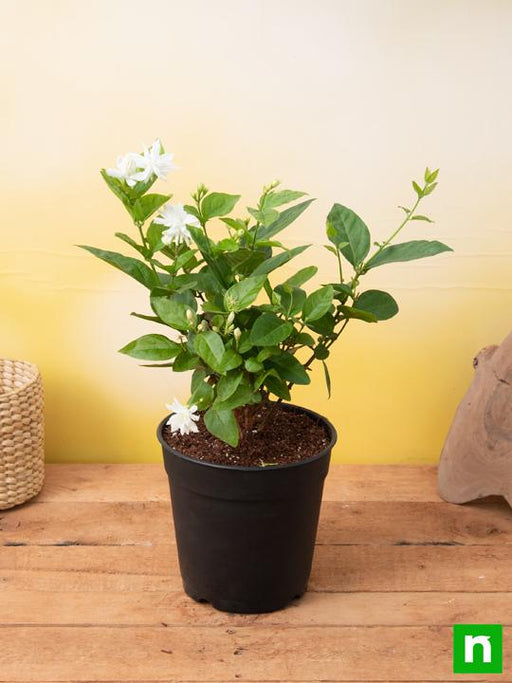
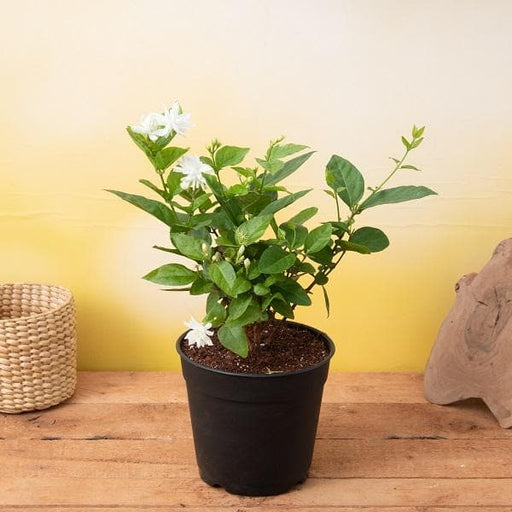 Save 25%
Save 25%
Jasminum sambac, Mogra, Arabian Jasmine - Plant Jasminum sambac, commonly known as Mogra or Arabian Jasmine, is a fragrant flowering plant...
View full details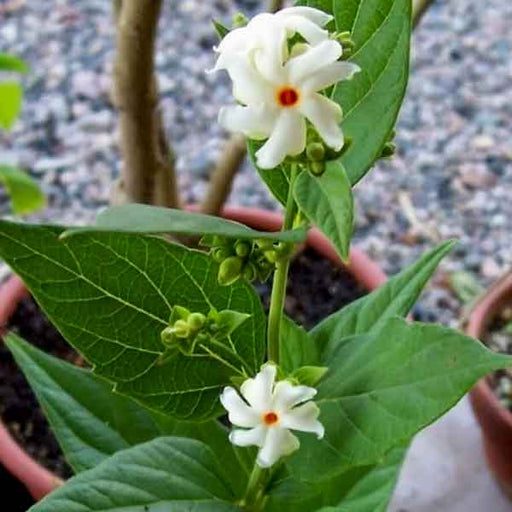
 Save 18%
Save 18%
Combo Constituents Includes the Parijat Tree (Night-Flowering Jasmine), a culturally significant plant with fragrant flowers. Description The Pari...
View full details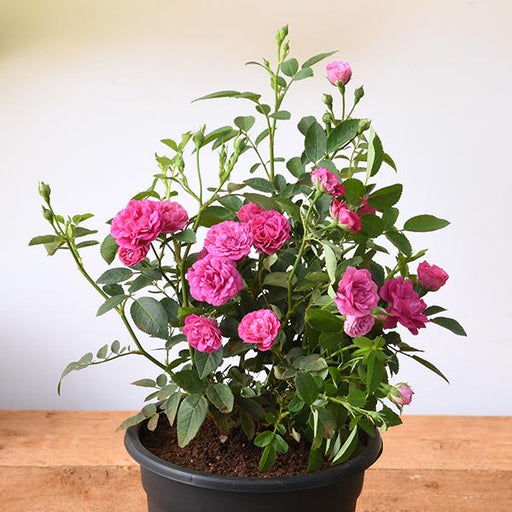
 Save 25%
Save 25%
Miniature Rose, Button Rose (Any Color) - Plant The Miniature Rose, also known as the Button Rose, is a charming and compact flowering plant that ...
View full details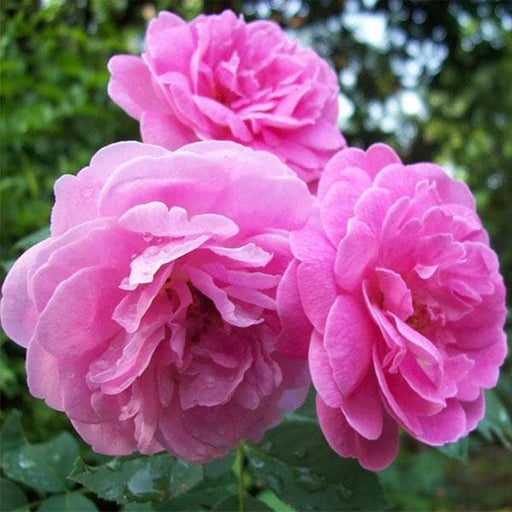 Save 25%
Save 25%
Damascus Rose, Scented Rose (Any Color) - Plant The Damascus Rose, also known as Rosa damascena, is a timeless symbol of beauty and romanc...
View full details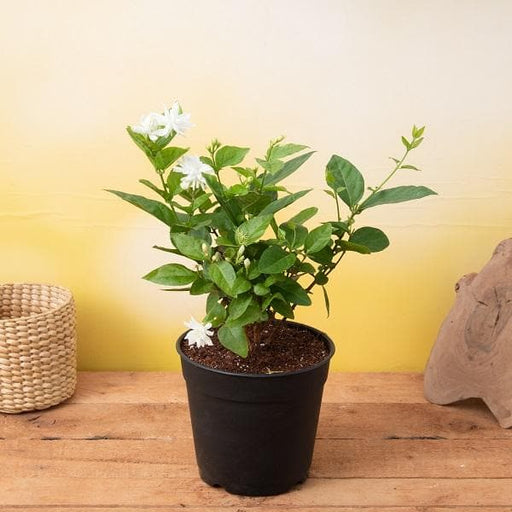
 Save 17%
Save 17%
Beautiful Fragrant Mogra, Arabian Jasmine Plant with Pot The Beautiful Fragrant Mogra, also known as Arabian Jasmine (Jasminum sambac), is...
View full details Save 15%
Save 15%
Pack of Vermicompost and Neem Cake for House Plants Transform your indoor garden with our premium Pack of Vermicompost and Neem Cake, spec...
View full details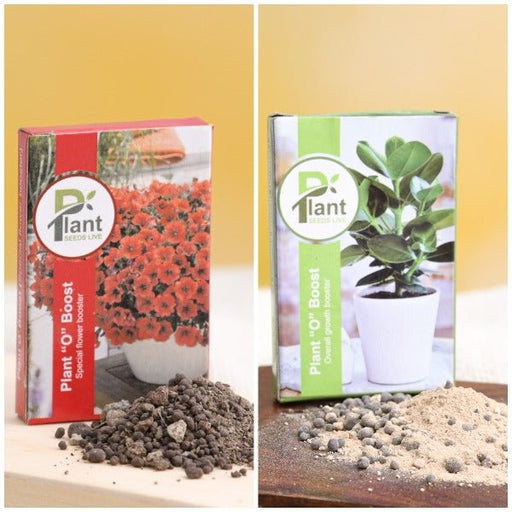
Pack of Plant Growth and Flower Boosters Unlock the full potential of your garden with our Pack of Plant Growth and Flower Boosters! This ...
View full details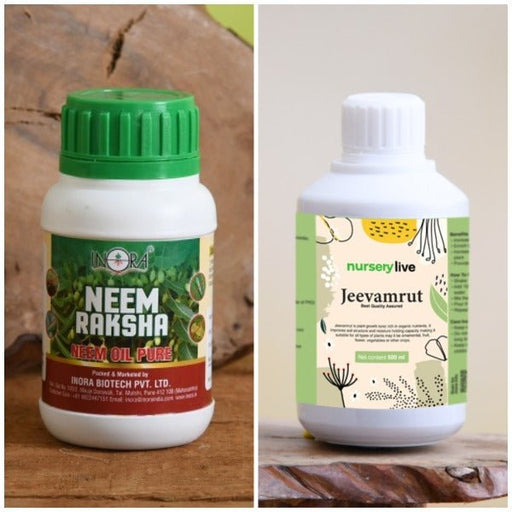 Save 38%
Save 38%
Combo of Jeevamrut and Neem Raksha for Easy Growth and Protection of Houseplants Transform your indoor garden with our exclusive combo of ...
View full details Save 22%
Save 22%
Plant Nutrients Kit (Pack of 16) for a Healthy Garden Transform your garden into a lush paradise with our Plant Nutrients Kit, featuring 1...
View full details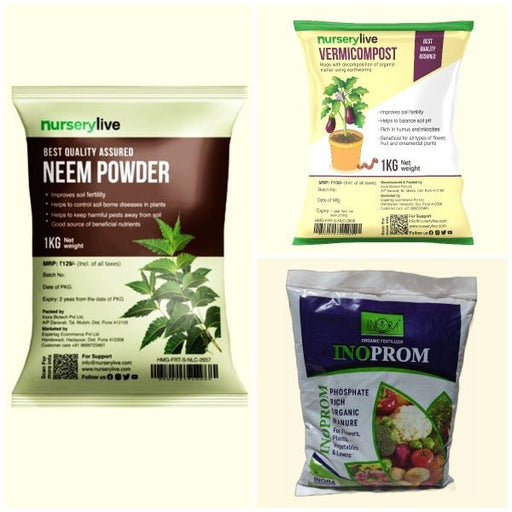 Save 16%
Save 16%
Combo of Top Plant Fertilizers Elevate your gardening game with our exclusive Combo of Top Plant Fertilizers, featuring two bags of premiu...
View full details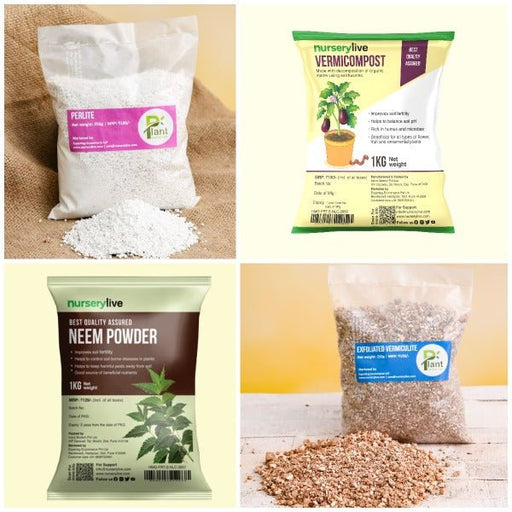 Save 24%
Save 24%
Pack of 4 Additives to Make Soil Healthy and Nutrient Rich Transform your garden into a thriving ecosystem with our Pack of 4 Additives de...
View full details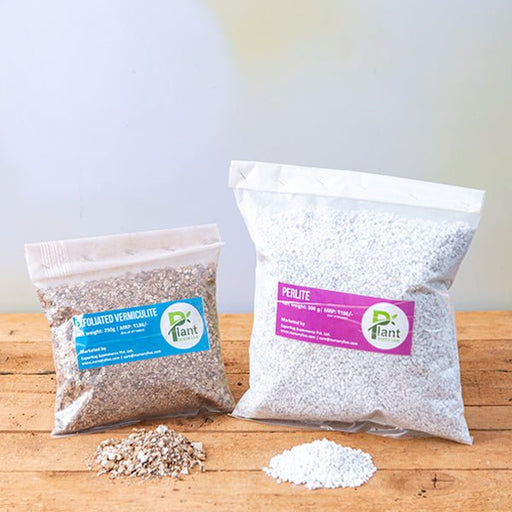 Save 30%
Save 30%
Transform your gardening experience with our premium Combo of Perlite and Vermiculite. This unique blend is designed to enhance soil aeration and ...
View full details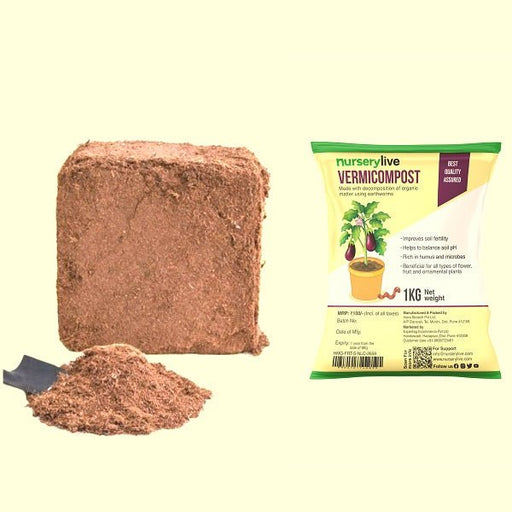 Save 27%
Save 27%
Combo of 2 Vermicompost and Cocopeat - Enrich Your Soil Naturally! Transform your garden into a thriving ecosystem with our Combo of 2 Ver...
View full details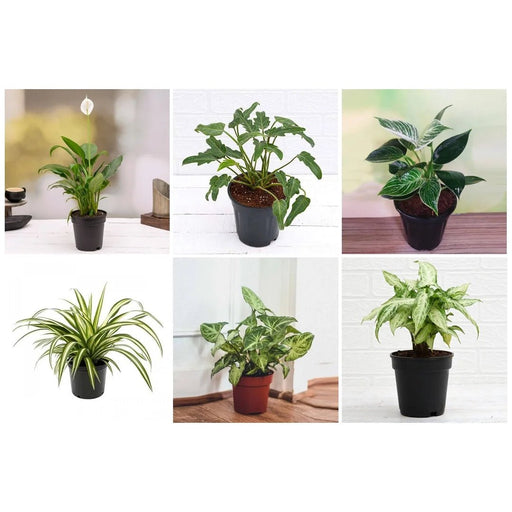
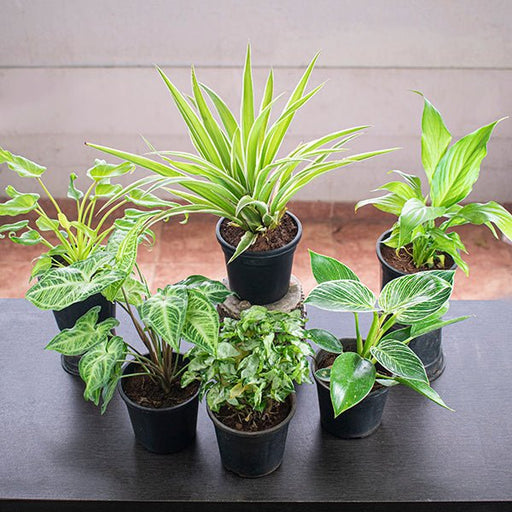 Save 35%
Save 35%
Best 6 Plants for Perfect Indoor Garden Transform your living space into a lush oasis with our curated collection of the Best 6 Plants for a...
View full details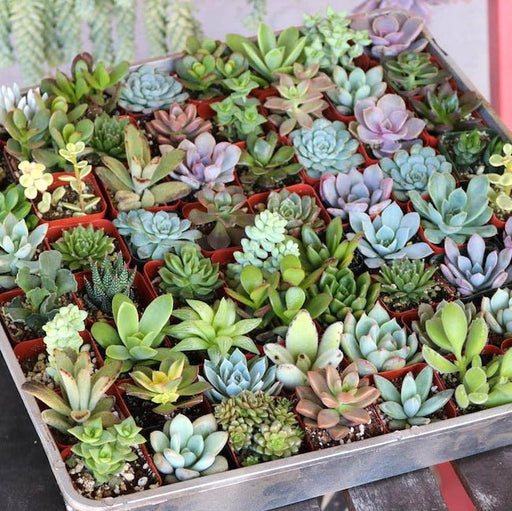
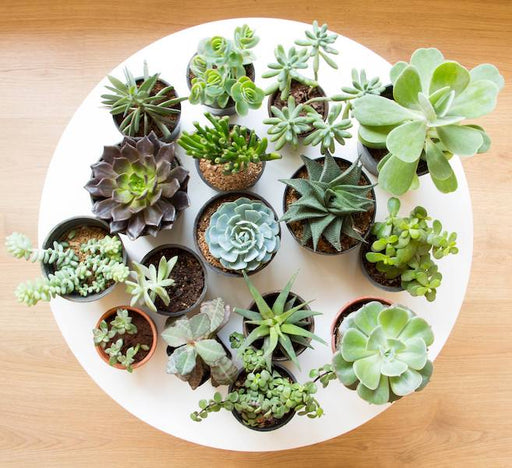 Save up to 50%
Save up to 50%
Mini Succulent Garden Pack Transform your space with our Mini Succulent Garden Pack, featuring a delightful collection of 4 any variety beautiful s...
View full details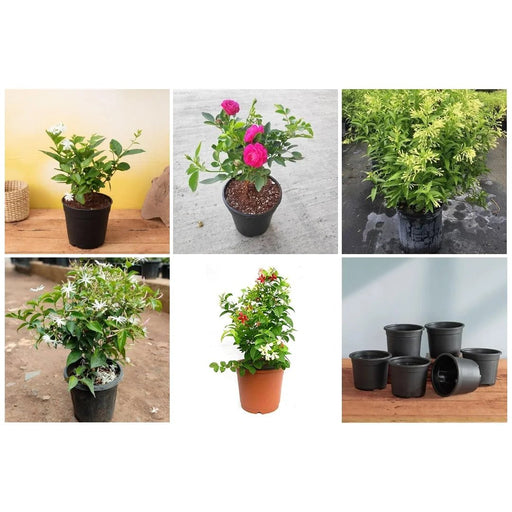
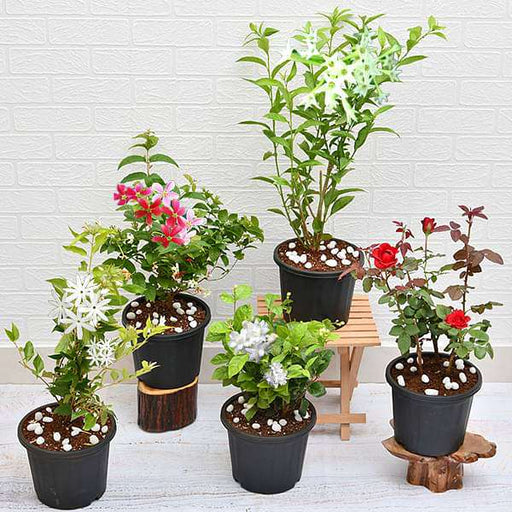 Save 30%
Save 30%
5 Best Fragrant Plants Transform your garden or indoor space into a fragrant paradise with our curated selection of the 5 Best Fragrant Plants. Th...
View full details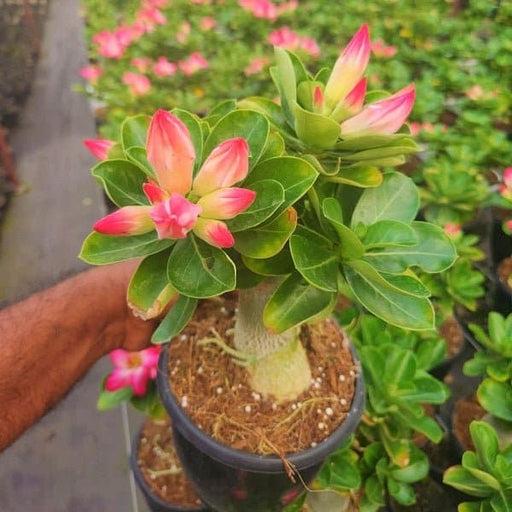
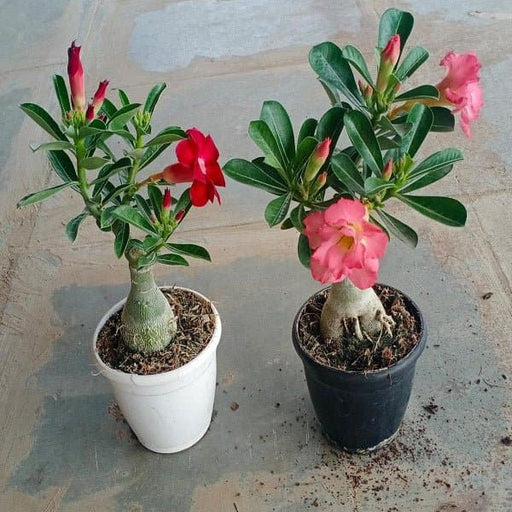 Save 24%
Save 24%
Set of 2 Bonsai Looking Grafted Adeniums Transform your indoor or outdoor space with our exquisite Set of 2 Bonsai Looking Grafted Adenium...
View full details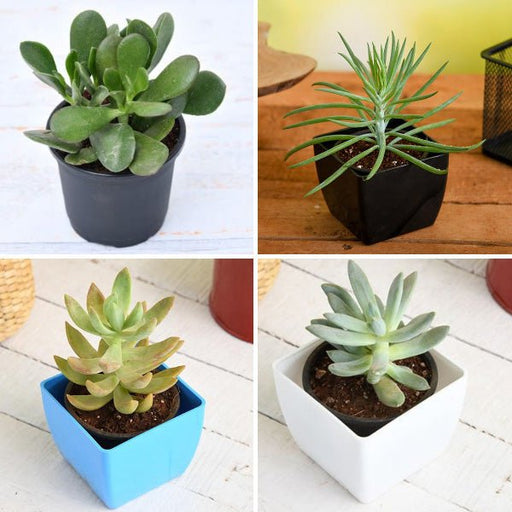 Save 45%
Save 45%
Top 4 Die Hard Succulents Pack Transform your indoor or outdoor space with our Top 4 Die Hard Succulents Pack, featuring a curated selecti...
View full details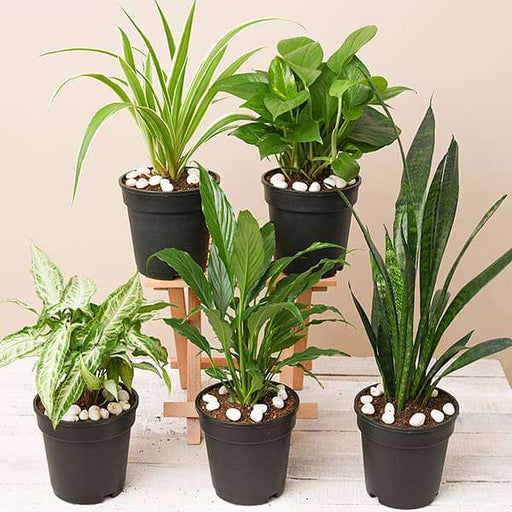
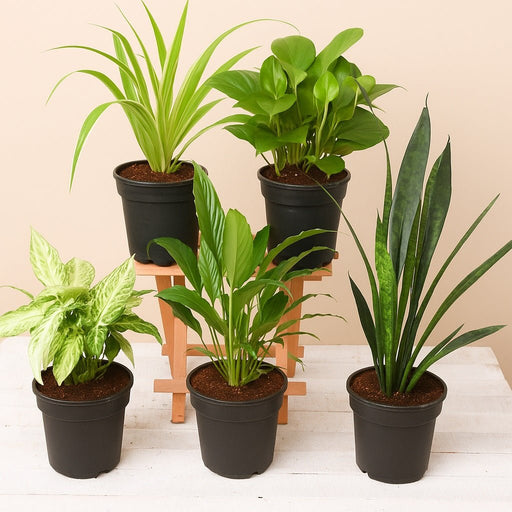 Save 30%
Save 30%
5 Best Indoor Plants Pack Transform your living space into a lush oasis with our '5 Best Indoor Plants Pack.' This carefully curated collection fe...
View full details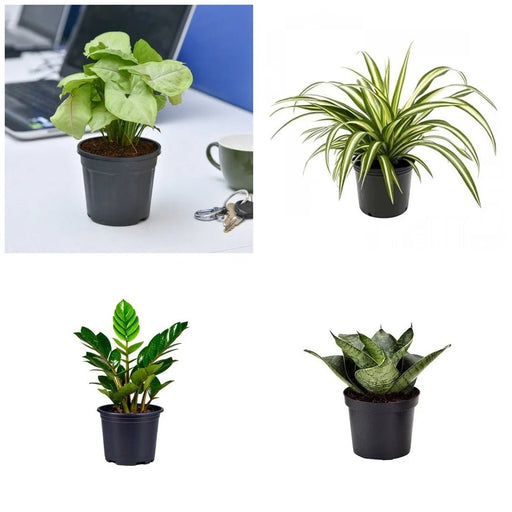
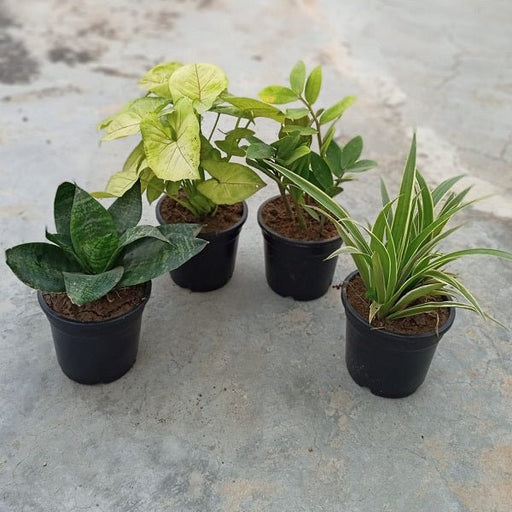 Save 25%
Save 25%
Set of 4 Evergreen Air Purifier Plant Pack Transform your indoor space into a lush, green oasis with our Set of 4 Evergreen Air Purifier Pla...
View full details| SrNo | Item Name |
|---|---|
| 1 | Aechmea gracilis - Plant |
Aechmea gracilis, commonly known as the graceful bromeliad, is a stunning tropical plant native to the lush rainforests of Brazil. With its striking rosette of narrow, arching leaves and vibrant pink inflorescence, this plant adds a touch of exotic beauty to any indoor or outdoor space. Its unique appearance and adaptability make it a favorite among plant enthusiasts and collectors alike.
What sets Aechmea gracilis apart is its ability to thrive in low-light conditions while still producing eye-catching blooms. This makes it an ideal choice for urban dwellers looking to bring a piece of nature into their homes. Additionally, it is a low-maintenance plant, perfect for both novice and experienced gardeners.
One of the special features of Aechmea gracilis is its water-storing rosette, which collects rainwater and provides hydration to the plant. This adaptation not only enhances its survival in its native habitat but also makes it a fascinating addition to your plant collection.
If you think caring for Aechmea gracilis is like raising a teenager, think again! This plant thrives on neglect, making it the perfect companion for those who can’t keep a cactus alive. Just give it bright, indirect light and a sprinkle of water when it’s feeling parched, and it’ll reward you with vibrant blooms that scream, “Look at me!”
Propagating Aechmea gracilis is like playing matchmaker for plants. You’ll want to wait until it produces pups—those adorable little offshoots that are just begging for independence. Snip them off, give them their own pot, and watch as they grow into fabulous adults, ready to take on the world (or your living room).
Aechmea gracilis is a diva when it comes to lighting. It prefers bright, indirect sunlight, which is basically plant-speak for “I want to bask in the glow without getting scorched.” Too much direct sun, and it’ll throw a tantrum, so keep it cozy in a well-lit corner.
Watering Aechmea gracilis is like giving it a spa day. It loves to soak up moisture, but don’t drown it! Water it when the top inch of soil feels dry, and make sure to empty any excess water from its rosette. It’s all about balance—just like your last relationship.
it needs to be well-draining yet supportive. A mix of potting soil and perlite or orchid bark will do the trick, allowing those roots to breathe while keeping them cozy.
Fertilizing Aechmea gracilis is like giving it a gourmet meal. A balanced liquid fertilizer every month during the growing season will keep it happy and healthy. Just remember, too much of a good thing can lead to a plant that’s more “overcooked” than “gourmet.”
Aechmea gracilis is a tropical plant, so it prefers temperatures that make you feel like you’re on a beach vacation—between 65°F and 80°F. Anything colder, and it might start to shiver, which is not a good look for a plant.
This plant loves humidity like a cat loves a sunny windowsill. Aim for a humidity level of around 50% or higher, and if your home is drier than a desert, consider misting it or placing it on a pebble tray. It’s all about keeping that tropical vibe alive!
Aechmea gracilis can attract pests like a magnet, but don’t worry! A little neem oil or insecticidal soap will send those unwanted guests packing. Just keep an eye out for pesky critters like mealybugs and aphids, and you’ll maintain your plant’s royal status.
When Aechmea gracilis blooms, it’s like the plant version of a fireworks show. The vibrant flowers can last for months, turning your home into a botanical wonderland. Just remember, once it blooms, it’s time to start thinking about those adorable pups!
Good news for pet owners! Aechmea gracilis is non-toxic to cats and dogs, so you can let your furry friends roam free without worrying about them nibbling on your plant. It’s the perfect addition to your home, allowing you to enjoy greenery without the guilt.
Aechmea gracilis is a charming bromeliad native to Brazil, known for its slender, graceful leaves and stunning flower spikes. This plant is like the elegant dancer of the plant world, swaying gracefully in your home while adding a tropical flair. Perfect for those who want a touch of the exotic without the hassle!
Caring for Aechmea gracilis is a breeze! Just give it bright, indirect light, keep the soil slightly moist, and let it bask in humidity. Think of it as a diva that loves attention but doesn’t require constant pampering. A little love goes a long way in keeping this beauty thriving!
Aechmea gracilis thrives in well-draining soil, ideally a mix designed for bromeliads or orchids. Picture it lounging on a sandy beach rather than drowning in a swamp. A good potting mix will keep its roots happy and prevent any soggy situations that could lead to root rot!
Watering Aechmea gracilis is like a dance: keep it rhythmic but not overwhelming. Water it every week or so, allowing the top inch of soil to dry out between drinks. Remember, this plant prefers a little drought over a deluge, so don’t drown it in your affection!
Yes, Aechmea gracilis enjoys a light feeding! Use a balanced, water-soluble fertilizer diluted to half strength every month during the growing season. Think of it as a gourmet meal for your plant—just enough to keep it satisfied without overindulging. A little goes a long way in keeping it vibrant!
Absolutely! Aechmea gracilis is a fantastic indoor companion, bringing a slice of the tropics right into your living room. Just ensure it gets enough bright, indirect light and humidity. It’s like having a mini vacation spot in your home, minus the plane ticket and sunscreen!
Aechmea gracilis can attract pesky pests like mealybugs and aphids. Think of them as uninvited party crashers! Keep an eye out for these little nuisances and treat them with insecticidal soap or neem oil. A little vigilance will keep your plant’s party going strong without unwanted guests!
Propagating Aechmea gracilis is as easy as pie! Wait for offsets, or “pups,” to appear at the base of the plant. Gently separate them and pot them up in their own containers. It’s like giving your plant a chance to start its own family—just make sure they’re ready for the spotlight!
Good news for pet lovers! Aechmea gracilis is non-toxic to cats and dogs. So, you can enjoy this stunning plant without worrying about your furry friends nibbling on it. Just keep an eye on them; they might still be curious about this tropical beauty!
Aechmea gracilis loves to lounge in temperatures between 65°F and 80°F (18°C to 27°C). It’s like a tropical vacation for your plant! Avoid exposing it to cold drafts or extreme temperature changes, as it prefers a cozy, stable environment to thrive and show off its beauty.
Aechmea gracilis typically blooms once a year, producing vibrant flowers that can last several weeks. Think of it as a seasonal showstopper, dazzling you with its colorful display before taking a well-deserved rest. Enjoy the floral fiesta while it lasts, and then let it recharge for the next performance!
While Aechmea gracilis can tolerate low light, it won’t be throwing any parties in the shadows. For optimal growth and blooming, it prefers bright, indirect light. Think of it as a sun-loving diva that needs a spotlight to truly shine. Give it the light it craves for a fabulous show!